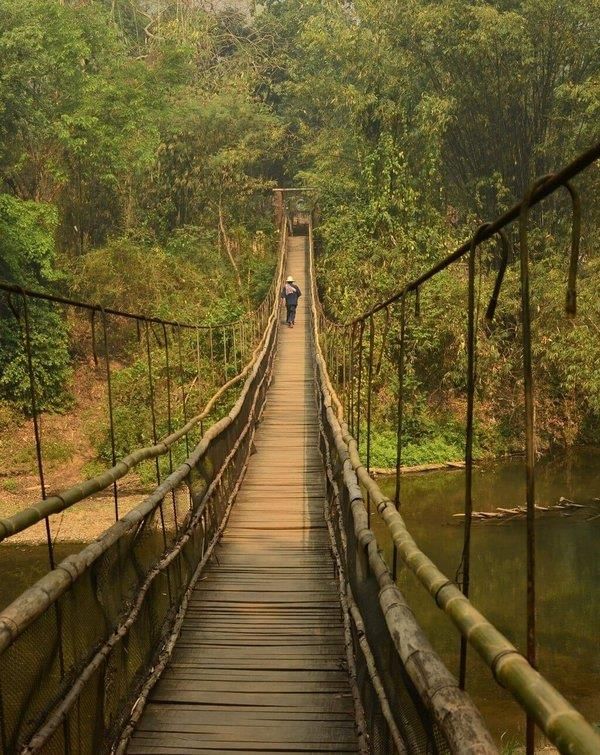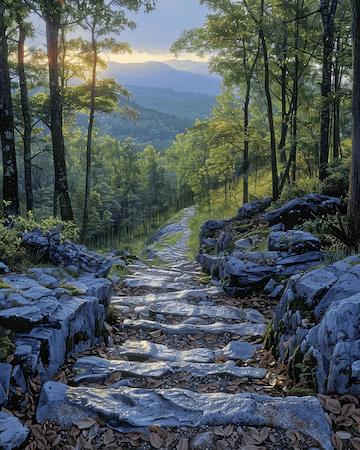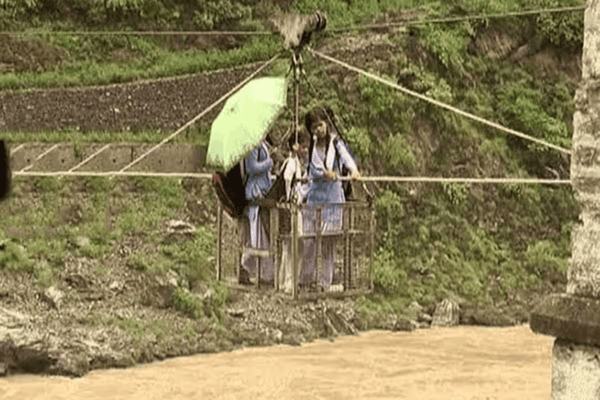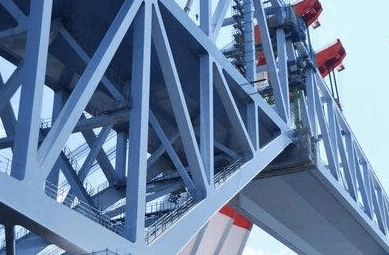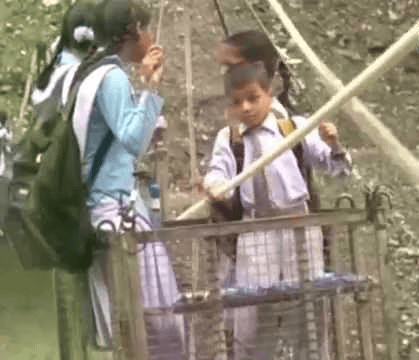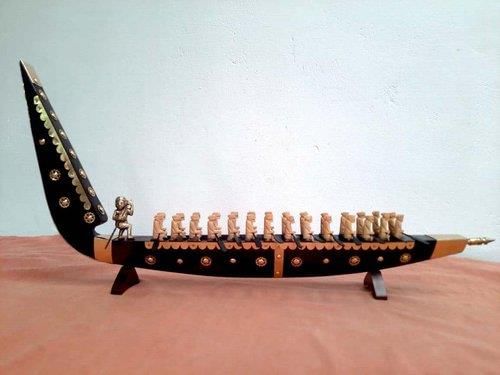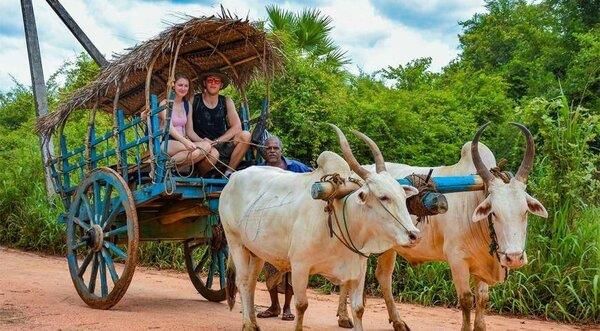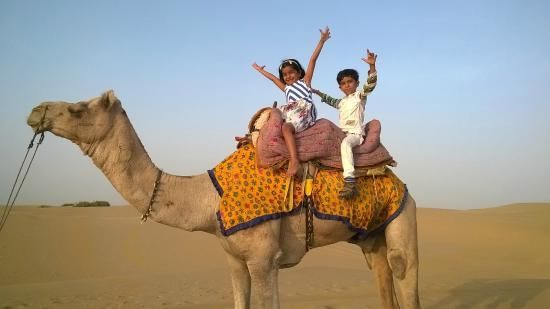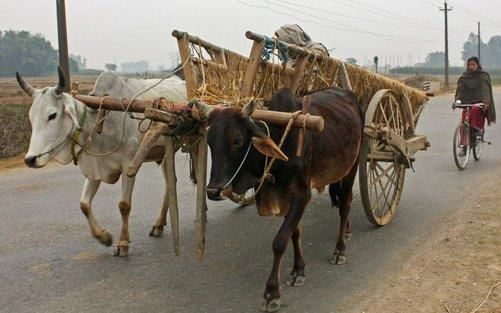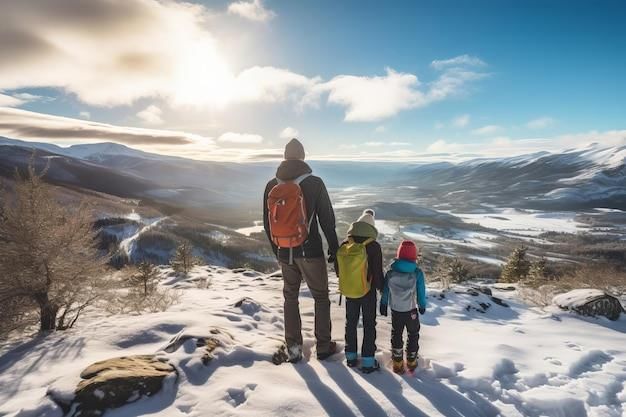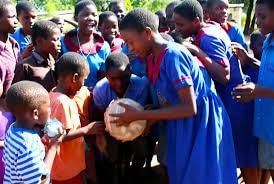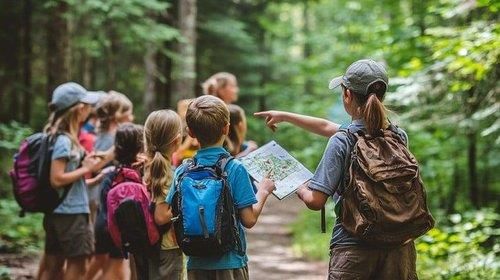|
Children in Assam commonly cross ___ bridges to reach school, especially in rainy seasons. |
Card: 1 / 40 |
|
True or False: The children traveling to school in various regions use the same mode of transportation. |
Card: 3 / 40 |
|
False; children use different modes of transportation depending on their location.
|
Card: 4 / 40 |
|
They need careful balancing to avoid accidents due to the narrowness and instability of the bridges. 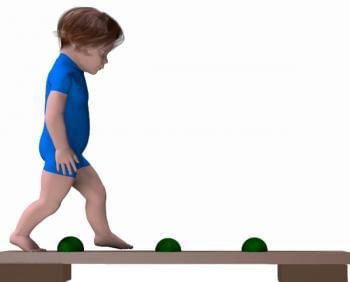 |
Card: 6 / 40 |
|
In what types of environments do children often travel through to reach their schools? |
Card: 7 / 40 |
|
Multiple Choice: What type of vehicle is NOT mentioned as a means of transport for children going to school? A) Bullock cart B) Camel cart C) Motorcycle D) Vallam |
Card: 9 / 40 |
|
The trolley is used to safely transport children across a wide and deep river to reach their school.
|
Card: 12 / 40 |
|
Fill in the blank: The trolley in Ladakh is attached to a strong iron rope that is anchored to ___ or ___. |
Card: 15 / 40 |
|
A bamboo bridge is made of bamboo sticks and ropes, which do not provide the structural strength required to support heavy vehicles.  |
Card: 20 / 40 |
 Unlock all Flashcards with EduRev Infinity Plan Starting from @ ₹99 only
|
|
What mode of transportation do children in flat land villages commonly use to go to school? |
Card: 27 / 40 |
|
Fill in the blank: In Rajasthan, children ride in a camel-cart to reach school in a ___ landscape. |
Card: 29 / 40 |
|
Fill in the blank: Children in villages use ___ to protect themselves from the sun or rain while traveling to school. |
Card: 33 / 40 |
|
True or False: Girls initially did not go to school because the roads were considered easy to navigate. |
Card: 37 / 40 |
|
What natural obstacle do children living in forests have to cross to reach school? |
Card: 39 / 40 |





